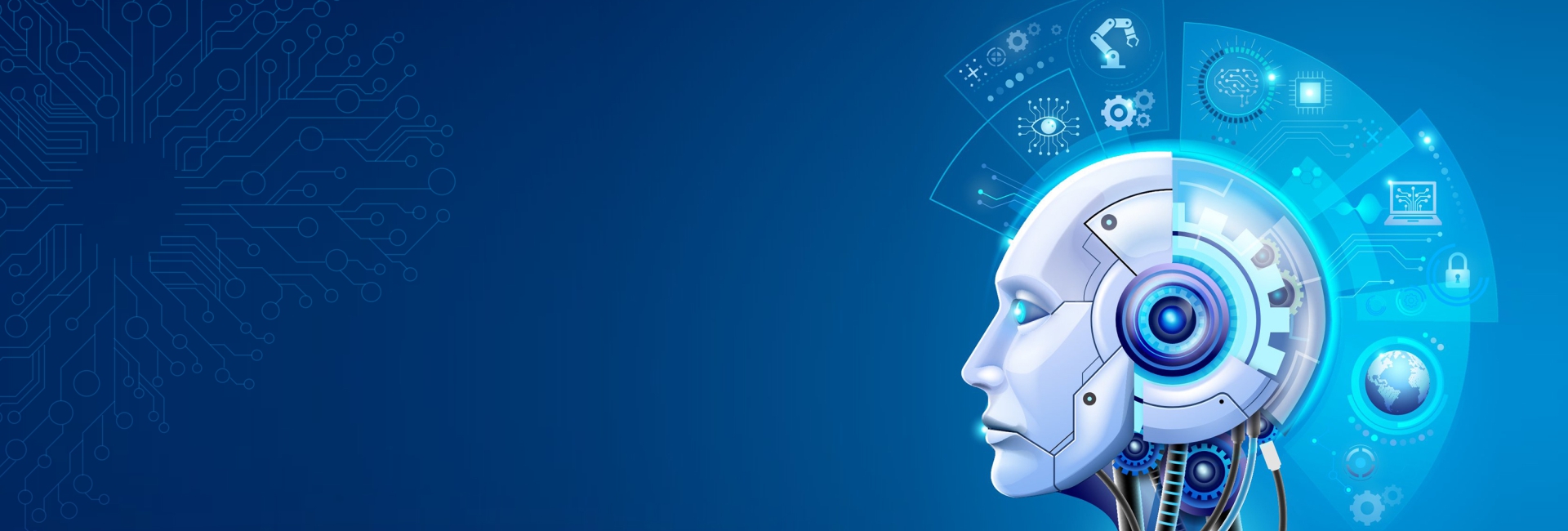
Institute of AI and Robotics
Welcome to the Institute of AI and Robotics (IAIR), a non-profit research and education establishment of International Association of Advanced Materials works in a diversified field of interests ranging from Machine Learning, Machine Perception, Natural Language Processing, Image Processing, Medical Diagnosis, Robotics, Autonomous Planning and Automated Surveillance to the Distributed AI, AI in Ethics, AI in Law and in Industries dealing with Health, Energy, Environment, Retail, Finance, Transport, Banking and Accounting, etc.
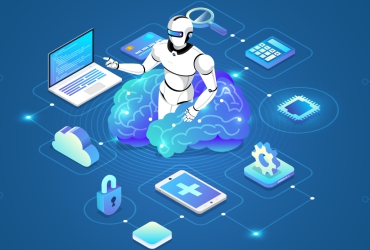
We Are Committed to Shaping Businesses And Lives
AI and Robotics became a major problem solving toolbox in all areas of science, medicine, engineering and technology. With the help of available datasets, we train a machine learning model to predict a property of interest. With the use of developed machine learning models, one can further optimize any parameters of interest with significance. Machine learning applications are generally used for classification, regression or for predicting time dependent behavior of a system such as stock market, weather condition, infection dynamics, risk and damage.
Making Change That Matters
Depending upon the applications, the datasets to be used for building machine learning models can be made of numbers, texts, audio, video files and can also be a combination of them. Even though the general working principle of machine learning approaches is well established, the expertise required for developing a highly predictive working model for a given application can be very challenging. Our organization has experts who can help in developing machine learning models highly optimized for the applications of customer’s interest.
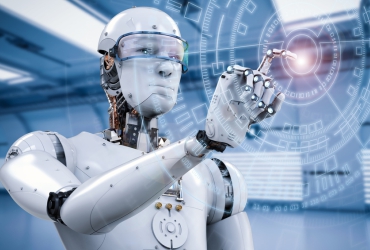
Working Across Crucial Sectors
Providing consultancy, research, and innovation services to organizations working in different valuable sectors Following are the domains we currently focus on and we can provide with immediate solutions.
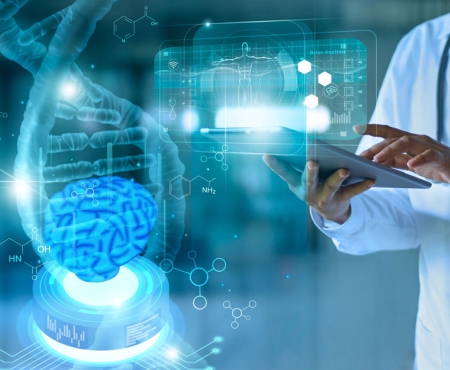
AI for medical diagnosis
Decision making for medical diagnosis is a major challenge even for well highly qualified doctors with long experience. Further such decisions are subjective and highly dependent on the health condition, perception and eyesight of the persons who make decisions. Often the medical cases in the borderline can be at the risk of being misdiagnosed which is a major threat for the patients for being operated on instead of cured using chemotherapy or vice versa. So, there is a long going discussion on introducing AI for medical diagnosis to support the decision making in medical diagnosis. The machine learning models are trained with various types of medical data (can be X-ray images, CT scan, MRI, PET images, ECG data) and a well trained AI model can classify the medical condition in a superior way when compared to its human counterpart. Further with the increase in the size of the datasets the reliability of the machine learning model improves significantly. Currently, the machine learning models to classify a medical condition as normal, infected with tuberculosis, Covid-19 or other types of lung infections based on X-ray or CT images have been developed and shown success.
AI for drug discovery
Drug discovery involves design of small molecular compounds which can inhibit certain biomolecules aberrantly expressed in the disease state. The biomolecules expressed aberrantly are referred to as biomarkers as they can be used as indicators to provide first hand information about disease conditions. A potential therapeutic route is to identify small molecules that can inhibit these biomarkers. However, the major challenge here is to identify the compounds from a chemical space having about trillions (ZINC15 database) to 10^60 (GDP17) compounds. Even a screening using a fast scoring function as implemented in Autodock4.0 or Autodock Vina can be time taking and so machine learning approaches can be successfully employed. In the ligand based approach, the datasets of descriptors along with inhibition constants (Ki, Kd, IC50, pIC50) are used for developing a model. Using these models, any chemical spaces can be screened to identify potential lead compounds. One can also employ structure based machine learning models such as OnionNET or AtomDeep however they are comparably expensive as they make use of descriptors based on the intermolecular distances of protein-ligand complexes along with other features.
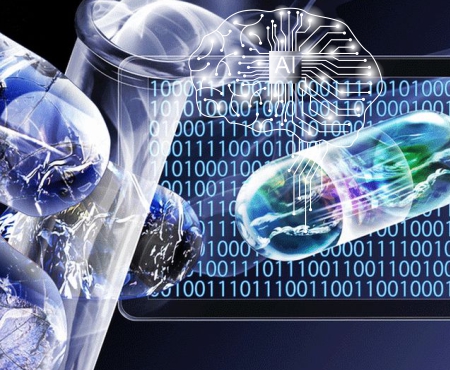
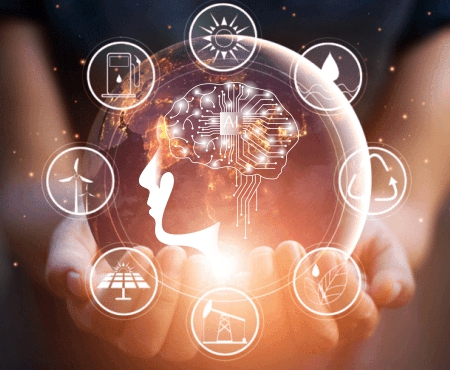
AI for energy materials
Materials design suitable for energy production in a cheaper, faster and sustainable way is another major research area where AI can see potential applications. There are many research works ongoing to develop machine learning models to develop suitable dye molecules for dye-sensitized solar cell applications. In these cases, the database of various dye molecules along with various descriptors (1D,2D and 3D) and energy efficiency is used to develop machine learning model. In addition to using descriptors based on empirical or semi-empirical approaches, one can also use QM based descriptors such as energy gap, energies of frontier molecular orbitals and chemical potential to develop more reliable machine learning models. Once the model has been developed they can be used to get insight into the energy efficiency of selected dye molecules and in addition can be used to design novel dye molecules with superior energy efficiency. Such AI based design can be carried out with minimal computational resources and within a limited time frame and so is a major boost for the research sectors working in this area. However, the lead compounds proposed from the machine learning models need to be synthesized. However, the synthesizability can also be optimized using suitable machine learning models.
AI for business
We will study and analyse your current business model and report on the possible ways to improve it with the use of machine learning approaches. The preliminary level assessment is completely free and your data that will be used for this purpose is completely secure with us. Usually, many companies adopt a static business model that often ignores the dynamical nature of various parameters that potentially affect the business development, costs and profits. Due to this reason, many times there is a wastage of products developed or underproduction of consumables that are in high demand which eventually lead to a not-so profitable business. However with the use of machine learning models we can optimize the various processes in business developments and the loss can be reduced and profits can be increased. Further the use of machine learning models in the business also makes the business sustainable as the wastage is largely reduced.
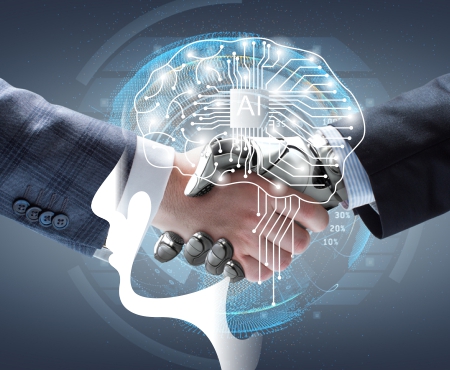
Code named "Predictify" winner of Future health category in East Sweden Hack, an AI Health Prediction and Food Suggestion Application for iOS and Android Device. If you would like to join as an intern in this product, follow our linkedin advertisement for internship.

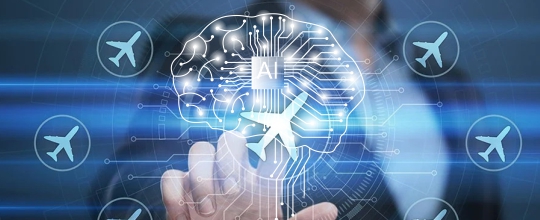
Our Travel route suggestion applications for transport companies. All you need is our Web Application to plan your sustainable routes for optimal fuel consumption and maximise pax. We are currently designing the application and algorithm, still in R&D.
